Search Results for "bpa"
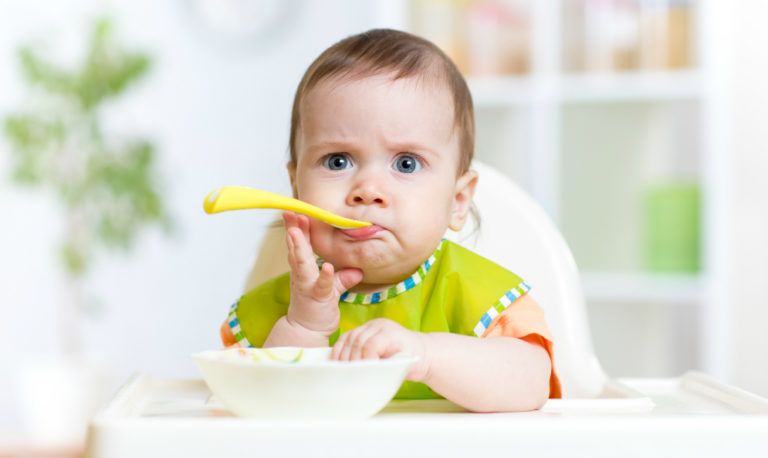
You may not find them included in the ingredient list, on the nutrition label, or anywhere on the food package. Yet they can impact your health just as sugar or hydrogenated oils can. They are hidden toxic chemicals and they’re contaminating our food.
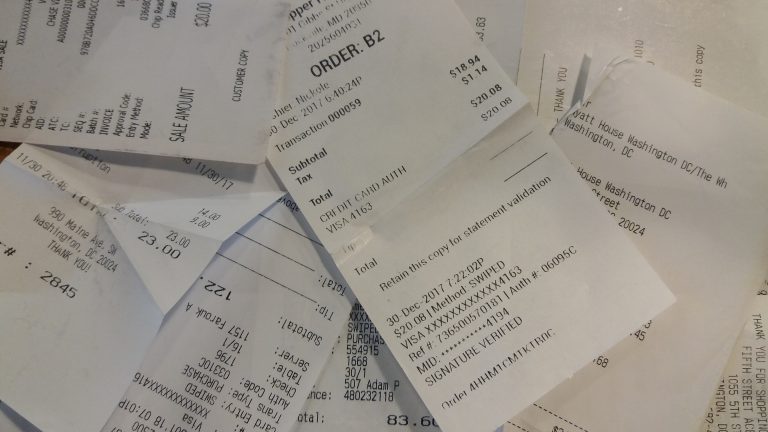
When an item is physically small, it may not convey the impact it has on the world. Paper receipts are small slips that carry with them vast environmental costs and can pose risks to our health through direct contact.

Sophia Ruan Gushée left her successful career in investment management to study our toxic exposures from what we buy and do. She shares her expertise in her critically-acclaimed book A to Z of D-Toxing.

A new report by our partners at HealthyStuff.org out today exposes a danger at many checkout counters—toxic receipts.

Seattle, WA – Companies making kids’ products are now required to publicly disclose the presence of 20 additional chemicals in their products under new requirements published by the Washington State Department of Ecology (Ecology) yesterday. The new requirements significantly expand the existing reporting list of 66 chemicals of high concern for children’s health to include […]
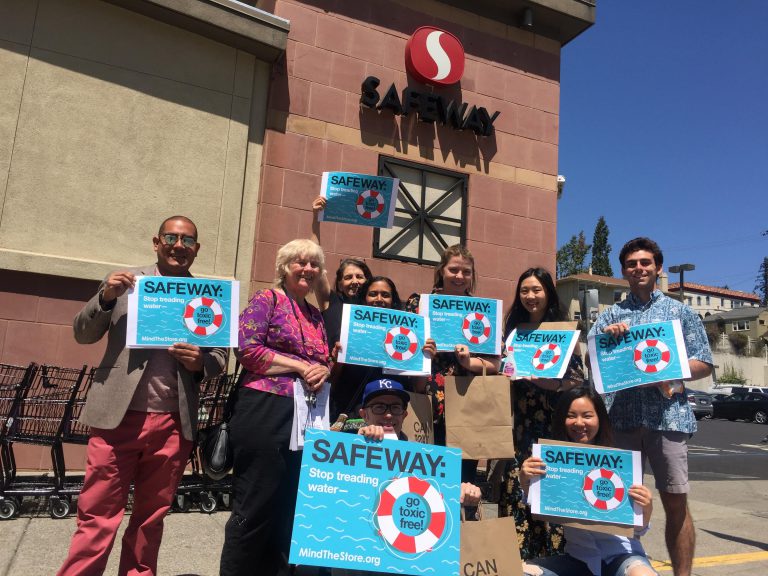
Last week consumers across the country came together to call on Albertsons and its subsidiaries, such as Safeway, Acme, Jewel-Osco and Shaw’s, to go toxic-free. From Anchorage, AK to Greenburgh, NY to Albertsons’ hometown of Boise, ID, shoppers urged the company to turn up the heat on toxic chemicals this summer.
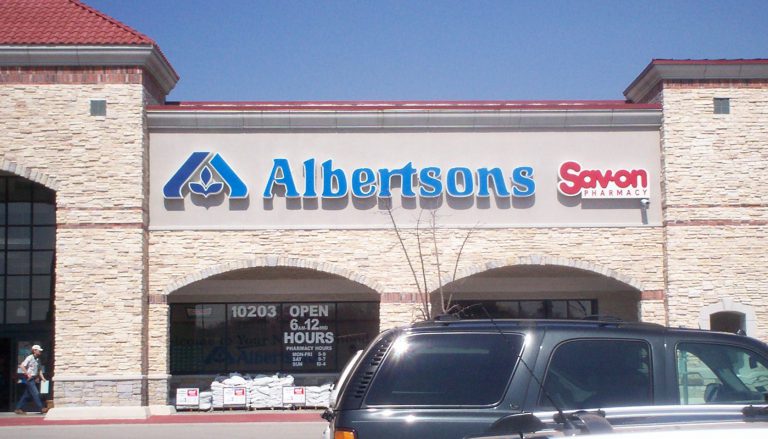
Mind the Store along with health advocacy groups around the country launch week of action calling on Albertsons to remove toxic chemicals from its shelves in a dozen states. New research shows chemicals in two dozen products.
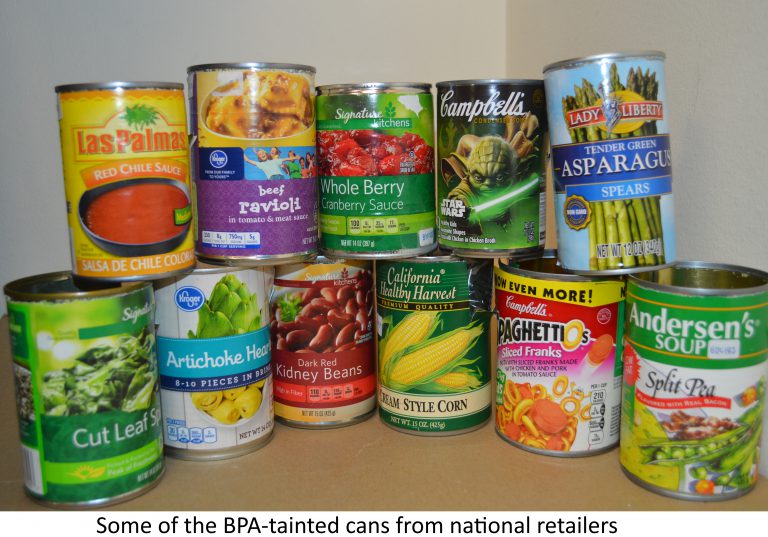
Today we co-released a new report that found toxic BPA in nearly 40% of food cans tested from the nation’s largest grocery stores and dollar store chains.
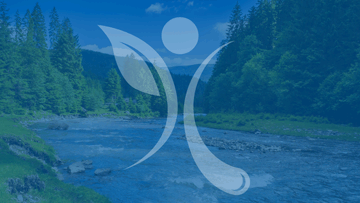
Press Room
Nationwide testing shows many canned foods still contain chemical linked to cancer, birth defects
Nearly 40% of cans from leading national retailers still contain BPA
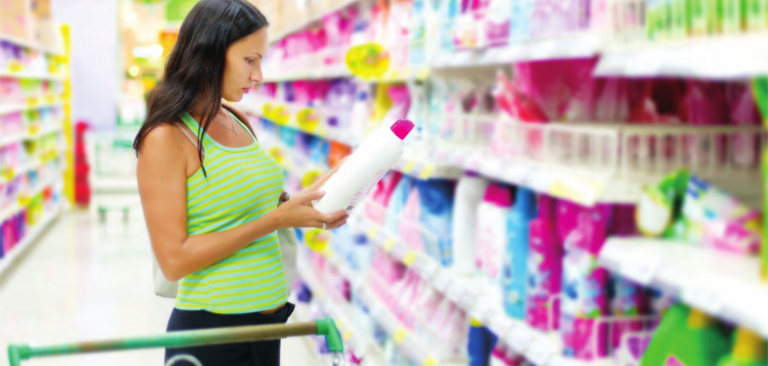
The inevitable road to full ingredient disclosure
